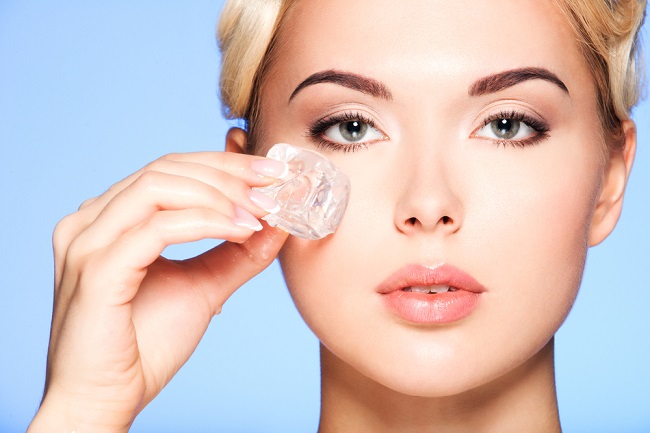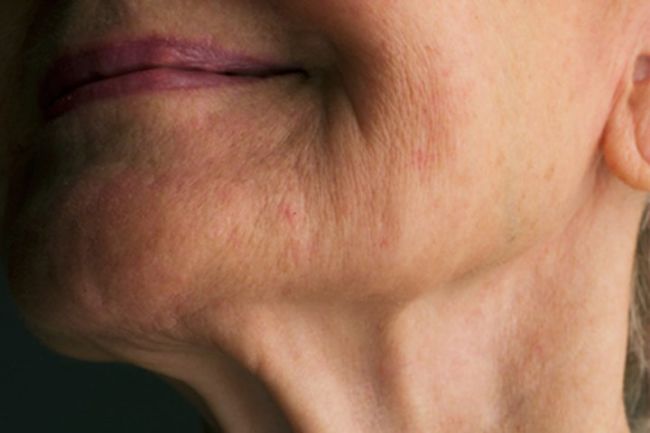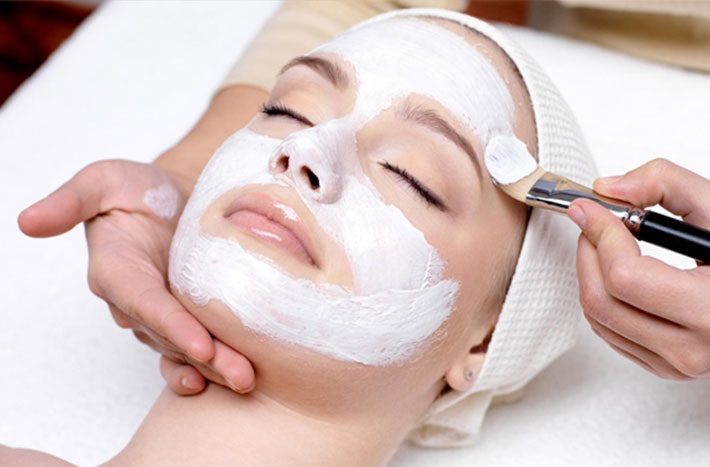The skin is the most extensive organ of the body that not only has the capacity to house one of our most complex senses such as touch, but is also a site of expression of local and systemic diseases.

Over the years the skin has been studied to develop novel treatments in order to maintain its vitality, health and beauty.
Lesions of different colors and sizes known as spots may appear on the skin, which can generate discomfort such as pain or itching and can also alert us that there are widespread diseases in our body that must be treated.
What do skin blemishes mean?
Spots on the skin, also known as maculae, are confined flattened lesions on the skin that generate changes in its pigment or coloration, may be darker (called hyper chromic) or lighter (hypo chromic) than the healthy skin that surrounds them.
The change in coloration can be associated with itching, irritation and appearance of scales, and can appear suddenly or progressively. In this article we will describe six types of spots on the skin and their meaning.
1. Café con leche color spots in newborns
They are brown moles, brown with milk, well delimited with irregular edges, totally asymptomatic, which can be distributed along the skin of the newborn. They can measure from a few millimeters to more than 20 centimeters.
Treatment:
If they occur in small numbers they are completely harmless and usually disappear without treatment over the years, but if they occur more than 5 or 6 they can be expression of a genetic disease called neurofibromatosis (which causes growth of neurological tumors); so it is important that the newborn is evaluated by a pediatrician to start treatment for the basic disease.
2. Dark spots on the face
Its scientific name is chloasma or melasma, which in some countries are known as “mask or cloth of pregnant”. They are brown, dark spots that appear on the forehead, nose, chin, lips and cheeks of pregnant women due to changes in the levels of hormones such as progesterone and estrogen and are often exacerbated with sun exposure.
They do not hurt or itch, but they are aesthetically annoying and usually disappear when the woman gives birth. You can see more information about the spots on the lips.
As they are a product of hormonal changes, they can also be seen in women taking birth control pills and during menopause. Some spots persist over time and require specific dermatological treatments.
Treatment:
It is recommended before its appearance the use of sunscreen, even used after its appearance to prevent the stain from becoming darker. Once the pregnancy is over, the dermatologist can perform treatment based on lightening creams, peels and laser treatment.
3. Spots on the face in the form of butterfly wings
These spots are known as erythema malar. They are usually related to autoimmune diseases, especially Systemic Lupus Erythematosus. It appears as a reddened plaque at the level of both cheeks and nose of the person when exposed to the sun, is accompanied by burning sensation and can sometimes itch.
Treatment:
As erythema malar is an expression of a systemic cause, treatment should be indicated by an internist or rheumatologist to control the disease that causes it, usually using steroids.
4. Dark spots on the folds of the body
These spots are known as acanthosis nigricans and appear in the folds of the neck, armpits, breast folds and groin, are produced by hyperpigmentation that is observed in people with peripheral insulin resistance, polycystic ovary syndrome and diabetes mellitus.
Treatment:
It should be indicated by the internist or endocrinologist, who controls the basic disease, improving the numbers of insulin and glycemia in the blood. In turn, the dermatologist may indicate lightening creams to improve the lesions.
5. Clear spots on the body that don’t itch
It is called Pityriasis Alba, when they have desquamation and are distributed in patches on the face, trunk and extremities. They usually occur in children and adolescents, after sun exposure.
So far the exact cause of its origin is not known, but some hypotheses point out that it is due to the coexistence of some germs, the use of aggressive substances for the skin, sun exposure and atopic dermatitis (or allergy to the skin).
Treatment:
It is based on moisturizers, emollient and anti allergic substances indicated by the dermatologist.
6. Itching clear spots on the body
There are many causes of this type of spots, but Pityriasis versicolor is the most common. It is caused by a fungus and usually manifests as discolored areas in the form of drops, on the chest and arms of the person.
The dermatologist should make differential diagnosis between ringworm of the skin, seborrheic dermatitis, lichen planus and vitiligo.
Treatment:
The dermatologist should examine the lesions, take samples and see them under a microscope, then indicate treatment with local antifungal.









